15 February 2025
When it comes to finding the perfect home, there's almost always one universal checklist. You’ve got your schools, safety, commute times, and, of course, that dream kitchen you're picturing from your Pinterest board. But if you're looking to make a truly savvy investment, there's another factor you should be paying close attention to—proximity to parks and trails. It’s like having a built-in backyard, but better.
Here’s the thing: we all know nature is good for the soul, but did you know it's also great for your wallet? Property values in neighborhoods near green spaces tend to command a premium. Let’s dive in and break this down, shall we? 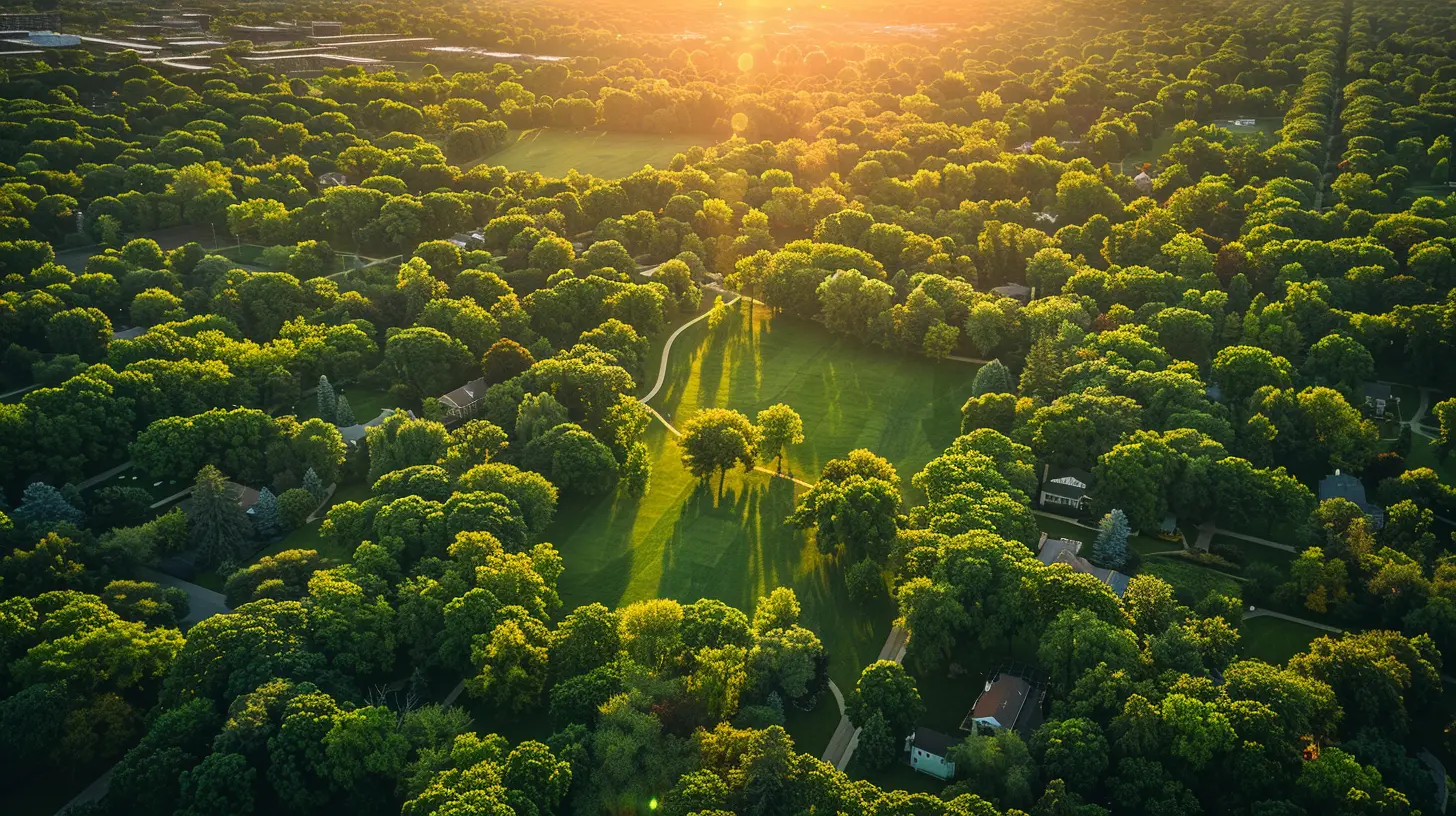
Why Parks and Trails Are More Than Just Green Spaces
Think parks and trails are just for jogging, picnicking, or walking the dog? Think again. They’re more than that—they’re community magnets. Parks bring people together with their playgrounds, sports fields, and nature trails, offering spaces to unwind, exercise, and connect with others. These aren’t just patches of grass; they’re lifestyle enhancers.For suburban homeowners, they’re like the cherry on top of an already appealing sundae. But why? What is it about these spaces that make people (and homebuyers) swoon? 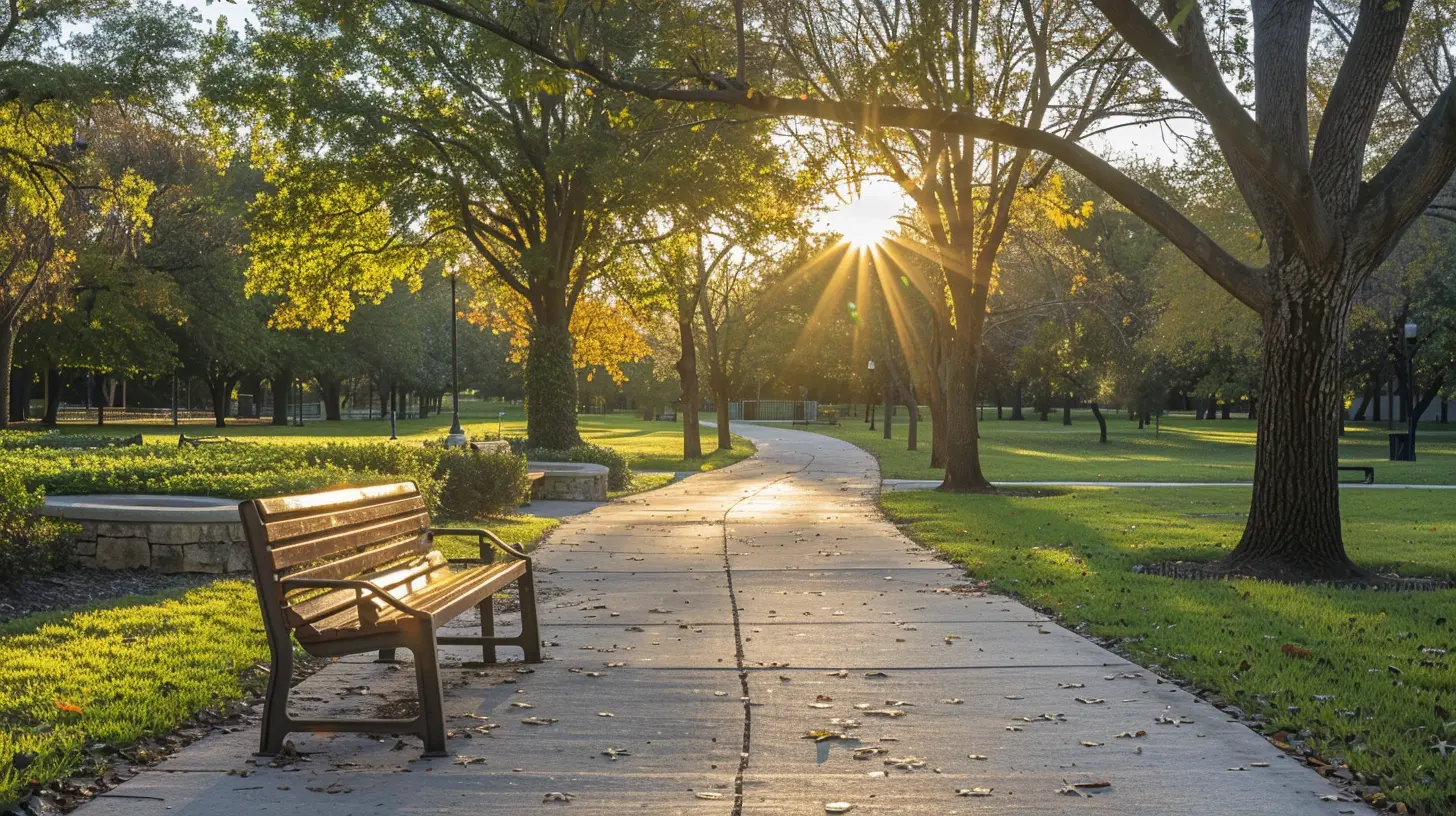
Boosting Property Values: The Nature Effect
Living near a park or trail is like having VIP access to nature’s perks. It’s no secret that homebuyers will pay extra for properties that offer convenience and lifestyle upgrades. For instance, homes near parks often have that “X-factor” that immediately hooks potential buyers.A 2020 study by the National Recreation and Park Association (NRPA) found that homes within walking distance of parks see a 5% to 20% increase in property value compared to those farther away. That’s not just pocket change—it’s a big deal for something you didn’t even have to install yourself!
Let’s face it: people value quality of life, and nature has a funny way of improving it. Trees, jogging paths, and open fields don’t just beautify a neighborhood—they make it more desirable. It’s like upgrading from a standard car to a luxury model; the features make all the difference. 
The "Walkability" Bonus
If you've ever toured a neighborhood and felt it just "clicked," chances are its walkability played a part. Parks and trails often go hand-in-hand with walkable neighborhoods, and in today’s housing market, walkability is a hot-ticket item.Imagine stepping out of your front door and strolling to a nearby park without getting in the car. Sounds idyllic, right? Buyers crave this kind of convenience. Plus, it aligns with healthier, more active lifestyles. A home near a walkable park practically sells itself. 
Health and Wellness: An Unseen Benefit
Here’s a surprising twist—proximity to parks isn’t just about aesthetics or convenience; it’s also about health. And you know what they say: health is wealth.Access to parks encourages outdoor activity, whether it’s jogging, cycling, or even just taking a leisurely walk with the family. It nudges you to get off your couch and breathe some fresh air. That’s priceless in today’s screen-dominated world, right?
Plus, studies show that spending time in nature can reduce stress, improve mental health, and even increase your lifespan. Buyers know this, and it makes homes near parks feel like a low-key health club membership baked into your mortgage. It’s a win-win!
Family-Friendly Appeal
Families, listen up: parks and trails are like kryptonite to kids (in the best way). Kids love having a space to run around, burn off energy, and just be kids. And let’s not overlook the fact that playground proximity means fewer tantrums during long car rides to the park.For parents, it’s about more than just convenience—it’s about creating memories. From weekend picnics to tossing a frisbee with the dog, parks provide the perfect setting for family bonding. The thought of having that lifestyle at their fingertips often nudges family-oriented buyers to offer top dollar for nearby homes.
Environmental Benefits That Pay Dividends
Being close to parks also means enjoying environmental perks. Parks improve air quality, reduce noise pollution, and can even help moderate temperatures by cooling down urban heat islands. Talk about a breath of fresh air—literally!Oh, and let’s not forget the wildlife. Some folks are ecstatic to see squirrels, deer, or even the occasional rabbit darting across their yard. It’s like having your very own episode of “Planet Earth”... minus Sir David Attenborough narrating every moment.
Properties near parks tend to radiate these "good vibes" from Mother Earth, and that makes them all the more enticing to environmentally conscious buyers.
Trails: The Unsung Heroes
Now, let’s talk specifically about trails because, if you ask me, they deserve their own round of applause. Whether it’s a winding nature trail or a paved bike path, trails are the unsung heroes of suburban living.For joggers, bikers, and anyone who loves breaking a sweat outdoors, trails are a huge bonus. They create a sense of community, too—you’ll often see neighbors nodding or waving as they pass each other. It fosters that “small-town charm” that’s hard to put a price tag on.
Plus, trails connect neighborhoods and make them feel more cohesive. It’s like they stitch the community quilt together, making everything feel just a little more “homey.”
Case Studies: Real-Life Impact
Need some proof? Take Boulder, Colorado, where homes near trails often see property values soar by over 10% compared to the rest of the market. Or consider Austin, Texas, where homes near the popular Lady Bird Lake Trail are snapped up almost as soon as they hit the market.It’s not just the big, flashy cities, either. Suburbs all across the U.S. are experiencing this “trail effect,” where proximity to greenways and walking paths turns into cold, hard cash for homeowners.
Potential Downsides? Let’s Keep It Real
Alright, let’s not get carried away—nothing’s perfect, right? While living near parks and trails is mostly sunshine and rainbows, there are a few caveats to keep in mind.For starters, increased foot traffic from visitors passing by your property might feel intrusive, especially if your home is right next to a busy park. And yes, with more popularity comes a slight chance of higher noise levels.
But honestly? These drawbacks tend to pale in comparison to the overall benefits. And as a homeowner, you can always take extra steps (like privacy fencing or landscaping) to reclaim a sense of solitude.
How Homebuyers Can Leverage This Insight
So, what’s the takeaway? If you're currently house-hunting, don’t just check the inside of the home. Look outside, too. Proximity to parks and trails might not be something you can see on a Zillow search filter, but trust me, it’s worth prioritizing.And if you're a homeowner? Understand the asset you already own. Highlight those green spaces if you ever decide to sell. A little marketing can go a long way when you’re sitting on what amounts to a jackpot of natural amenities.
Final Thoughts
At the end of the day, proximity to parks and trails is so much more than a nice-to-have—it’s a genuine game changer. It enhances quality of life, attracts buyers, and, most importantly, boosts home values. Think of it as a quiet investment that pays off in both lifestyle and resale value.So, next time you’re out house-hunting or even just taking a walk through your neighborhood, take a minute to appreciate those green spaces. Who knows? They might just be worth more than you think, in more ways than one.



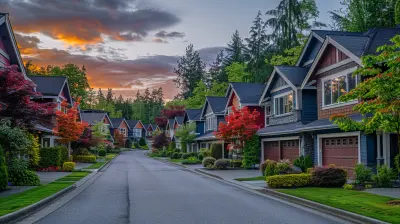
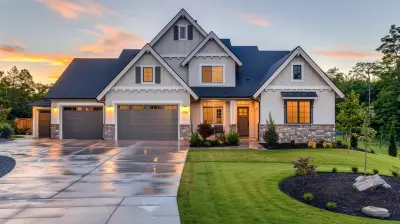
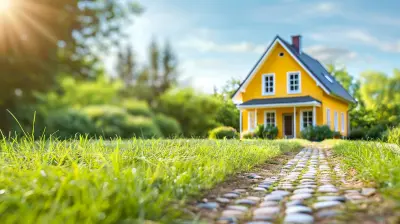

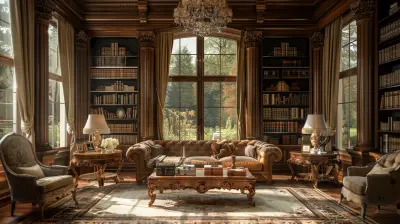

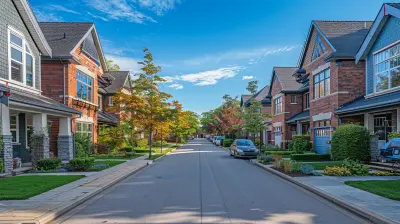

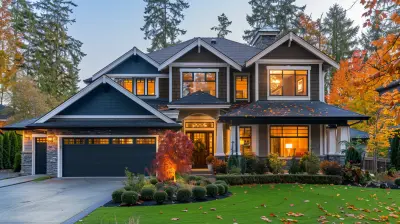
Primrose McGowan
Proximity to parks and trails enhances suburban home values by increasing appeal, promoting outdoor lifestyles, and attracting families seeking recreational spaces.
April 1, 2025 at 7:36 PM